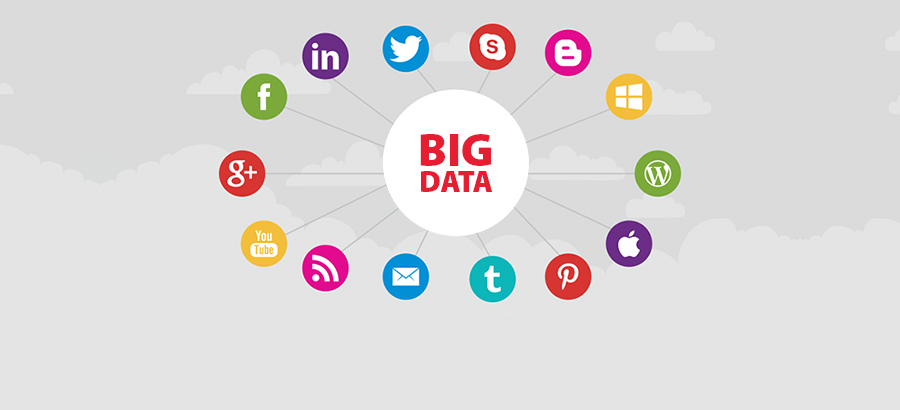- Advertising
- Bare Metal
- Bare Metal Cloud
- Benchmarks
- Big Data Benchmarks
- Big Data Experts Interviews
- Big Data Technologies
- Big Data Use Cases
- Big Data Week
- Cloud
- Data Lake as a Service
- Databases
- Dedicated Servers
- Disaster Recovery
- Features
- Fun
- GoTech World
- Hadoop
- Healthcare
- Industry Standards
- Insurance
- Linux
- News
- NoSQL
- Online Retail
- People of Bigstep
- Performance for Big Data Apps
- Press
- Press Corner
- Security
- Tech Trends
- Tutorial
- What is Big Data
Big Data & Social Media

Most brands have learned to leverage social media to engage with their customers, at least to some degree. They manage accounts on Facebook, Twitter, and other popular sites to engage with customers, find out what products they’re enjoying (or not) and strike up more personal conversations than are ordinarily conducted at a point of sale. But fewer brands have learned to glean the full usefulness of social media, which comes from deeper analytics—beyond what occurs on your own pages and hashtags. Here is your guide to getting the most out of the big data social media affords.
Who Are Your Customers?

Interactions on your own sites can tell you that the people of Wichita love your new triple bacon cheeseburgers with jalapenos or that the fine folks of Fairbanks think your new app is out of sight. But the deeper analytics can tell you what else they like—things you can tap into to form deeper relationships with your customers, develop better products to suit them, and market to them more effectively. What music do they listen to? What shows do they watch? Are they movie buffs or book nerds? Take time to analyze the visitors and people who like and follow you to see what makes them tick.
What Else Do Your Customers (Dis)Like?
Finding out your customer base’s other interests and disinterests helps you hone products, develop new products that target their interests and desires, and send them the right messages that will be well received. Say your customer base is strongly correlated to sports fans—ads featuring sports themes and figures are a great fit. If, however, they’re more politically-minded, the sports metaphors and messages might not work.
What Do Your Customers Need?

Even deeper into analytics, you begin to discover not just what they like and want, but what they need. Are they searching for a hair gel that holds up at an outdoor concert? Maybe they need more supportive sportswear or wider-brimmed hats. Find out what’s missing from their lives, and figure out a way that your products can fill that gap.
Who Influences Your Customers?
Who does your customer base look up to? Are they enthralled with the hottest rappers or enamored with the most powerful stock brokers? Their influencers don’t just make good candidates for your next round of ads; they will also tell you what kinds of people this group is looking to for solutions to their problems. Position yourself as the type of entity this crowd looks up to.
Where Are People (Not) Talking About Your Products?
Are people using your hashtags or sharing your posts? Are the people in LA sharing and engaging more than New Yorkers? Are your messages better received in rural areas than the big cities? Finding out where people are talking about you lets you know where to focus your ads. Delve deeply in the data and figure out if the people who aren’t talking about you just need more information about your products or if your efforts are better focused on another group entirely.
Is the Talk Positive or Negative?
As McDonalds found out, all talk is not necessarily good talk. The global hamburger giant initiated a hashtag campaign #McStories where people were supposed to share touching stories about enjoying Happy Meals. Instead, the hashtag was used to bash the burger moguls in the most humiliating way. Look into the data deeply enough to find out not just that they are talking about you, but whether it’s good or bad. Learn what they like, and what they don’t. If people don’t like it, at least you know where to start fixing it.
If you’re crunching big data, you don’t have to go it alone. Bigstep offers the Full Metal Cloud, which provides 500 times the performance of the public cloud.
Readers also enjoyed:

Learning to Live with (and Overcome) Hadoop's Flaws


Leave a Reply
Your email address will not be published.